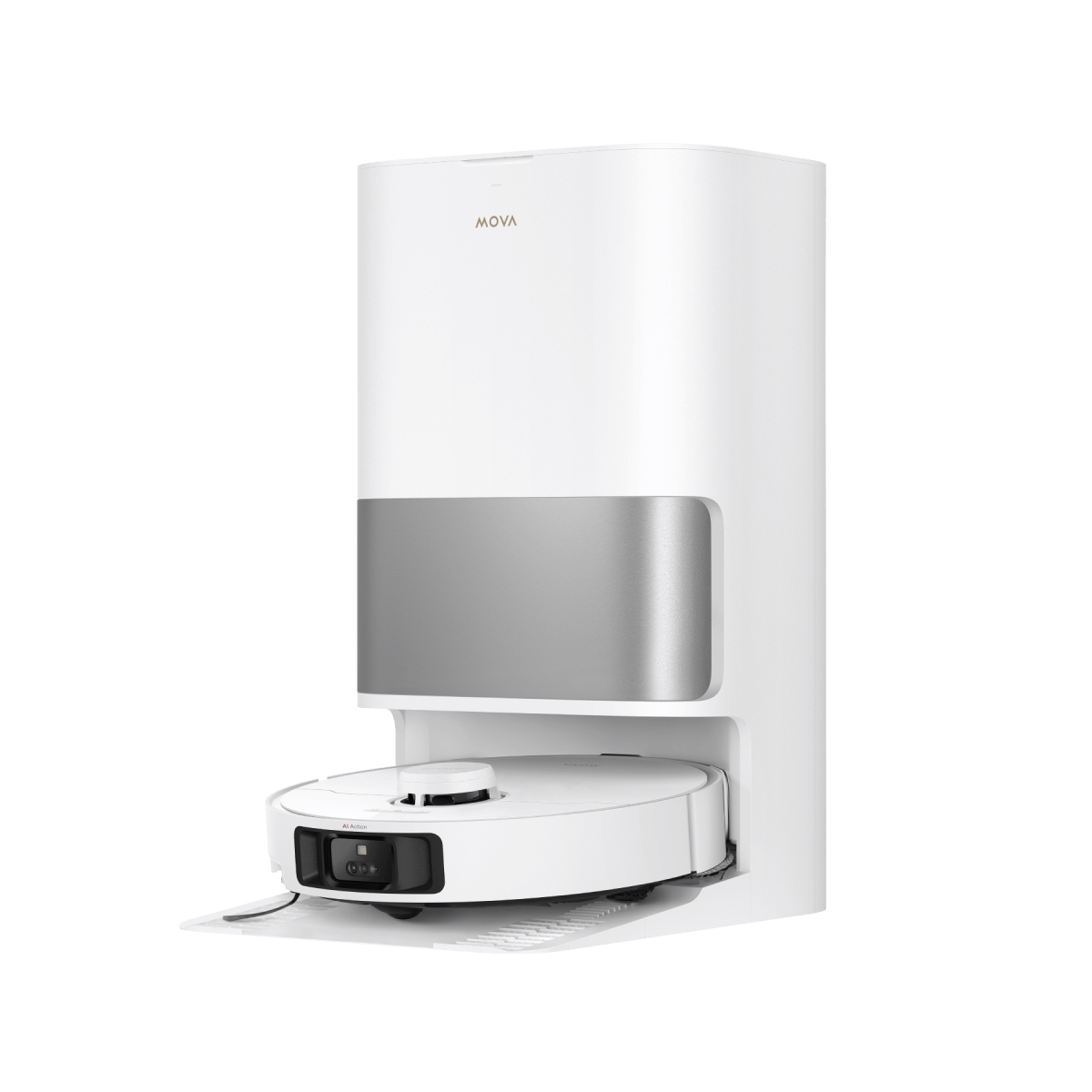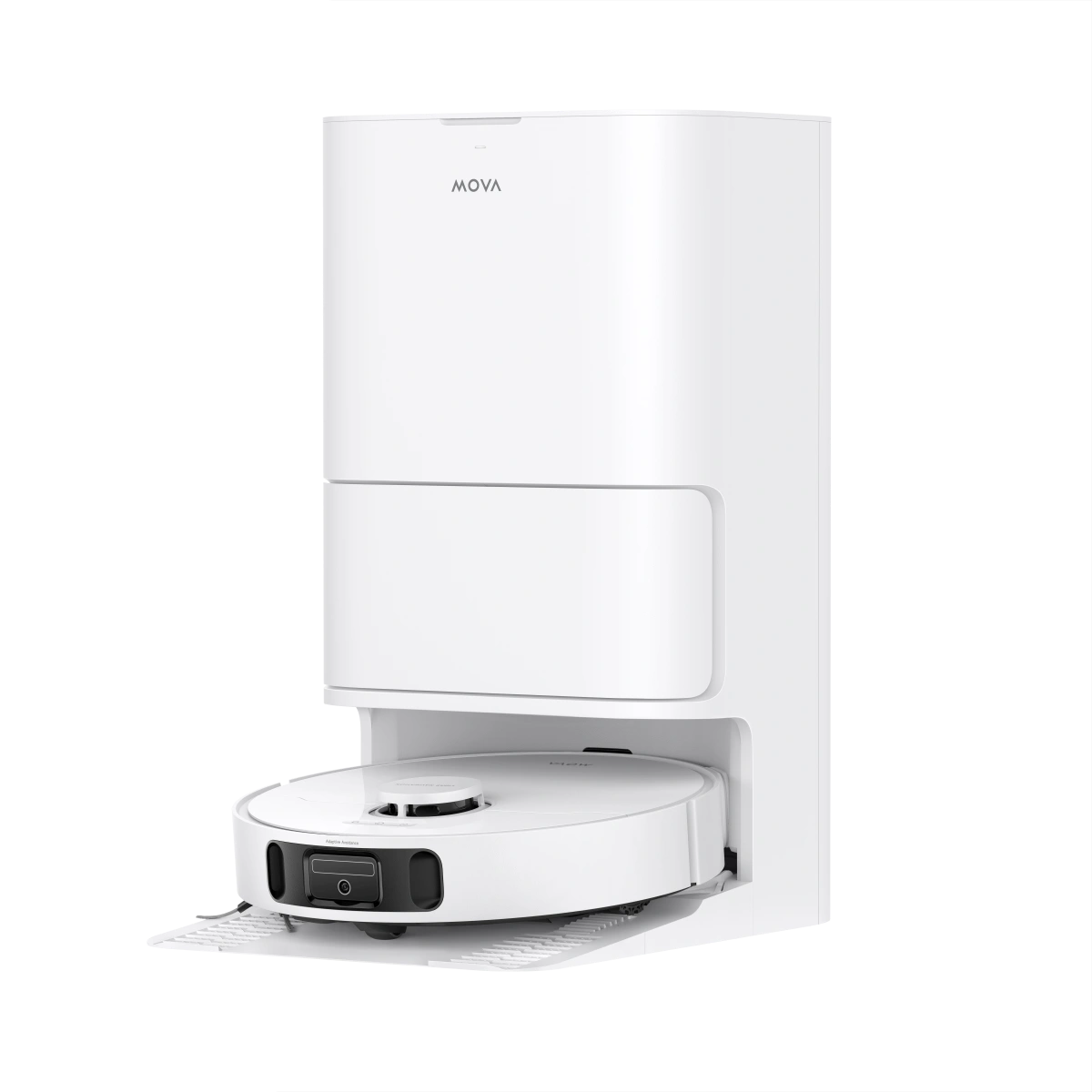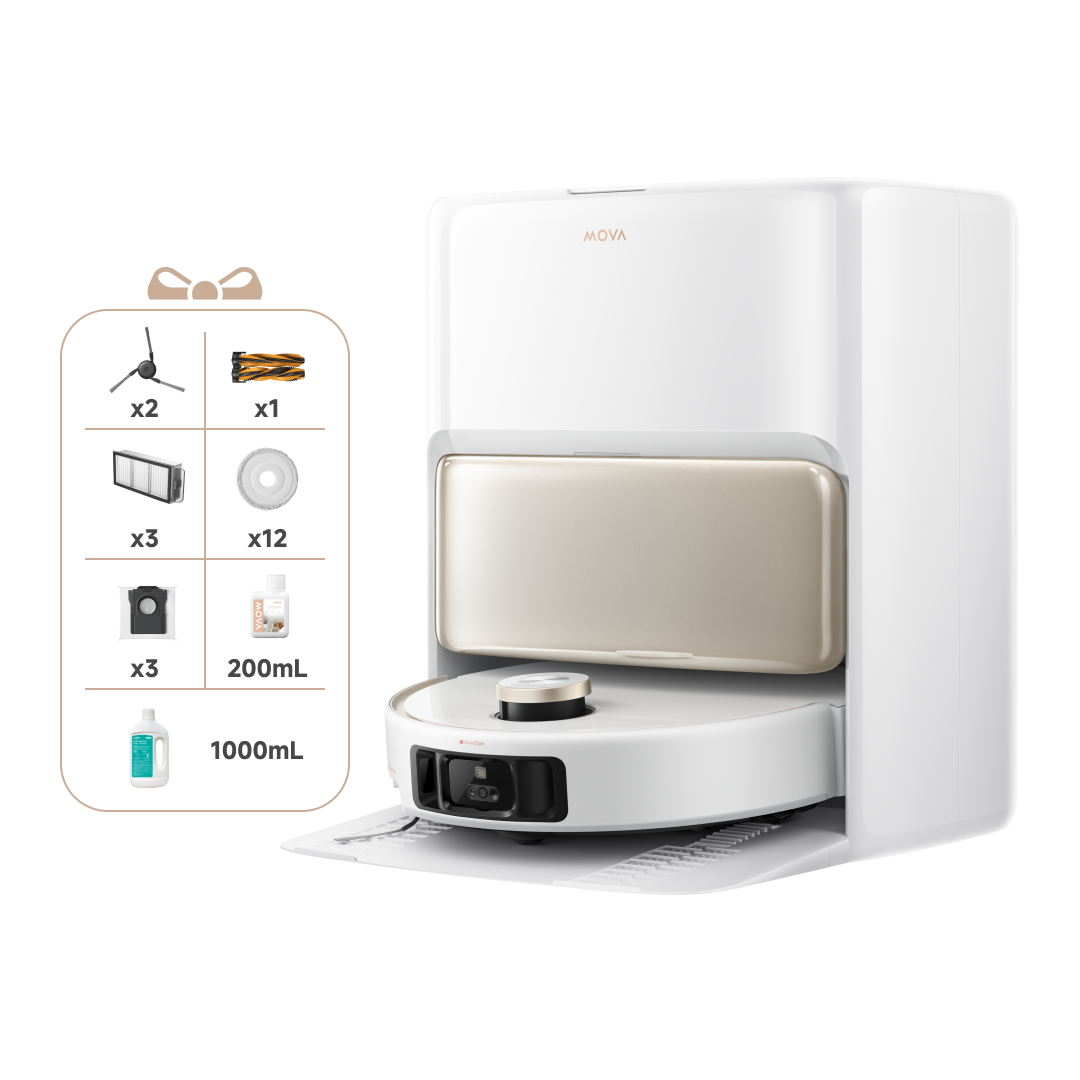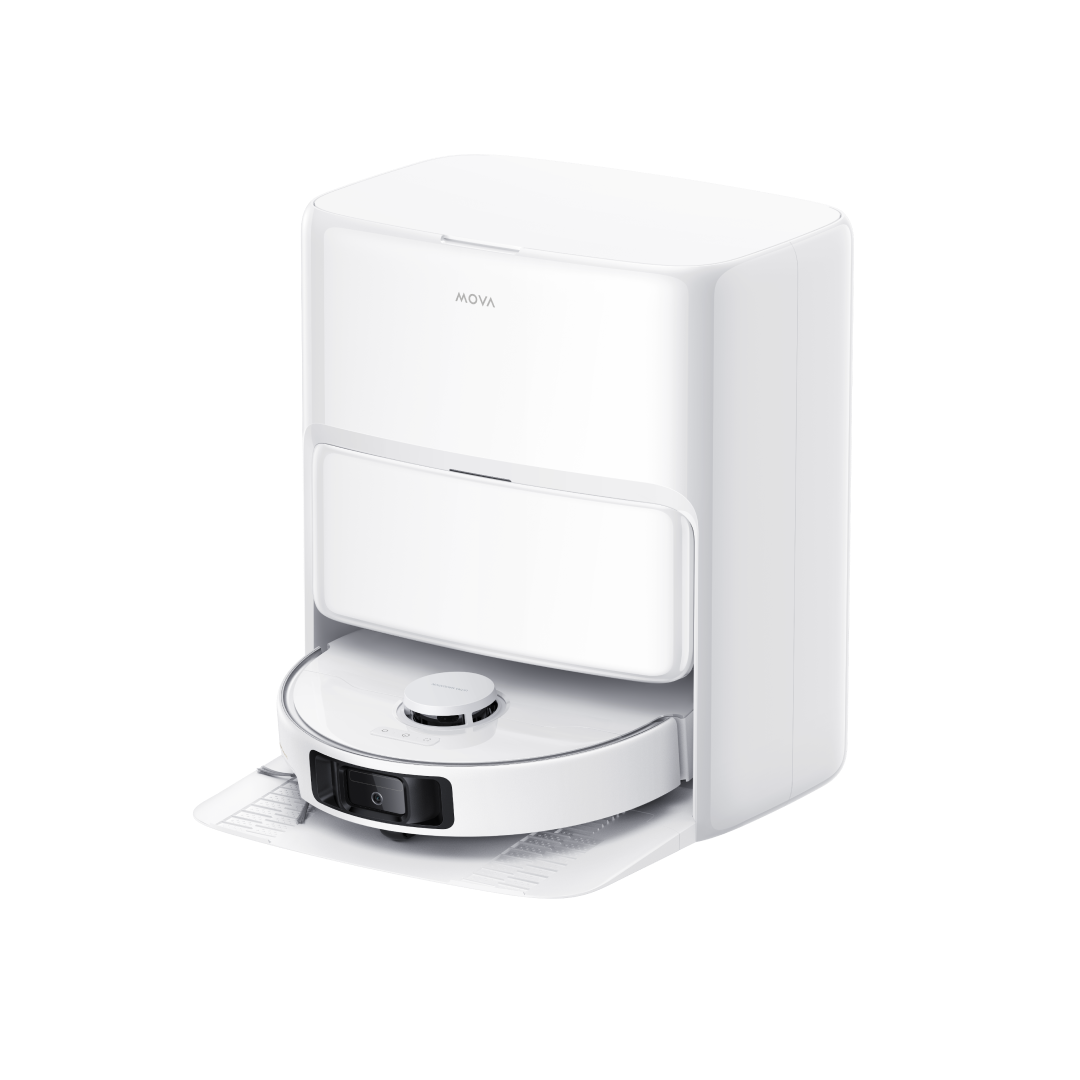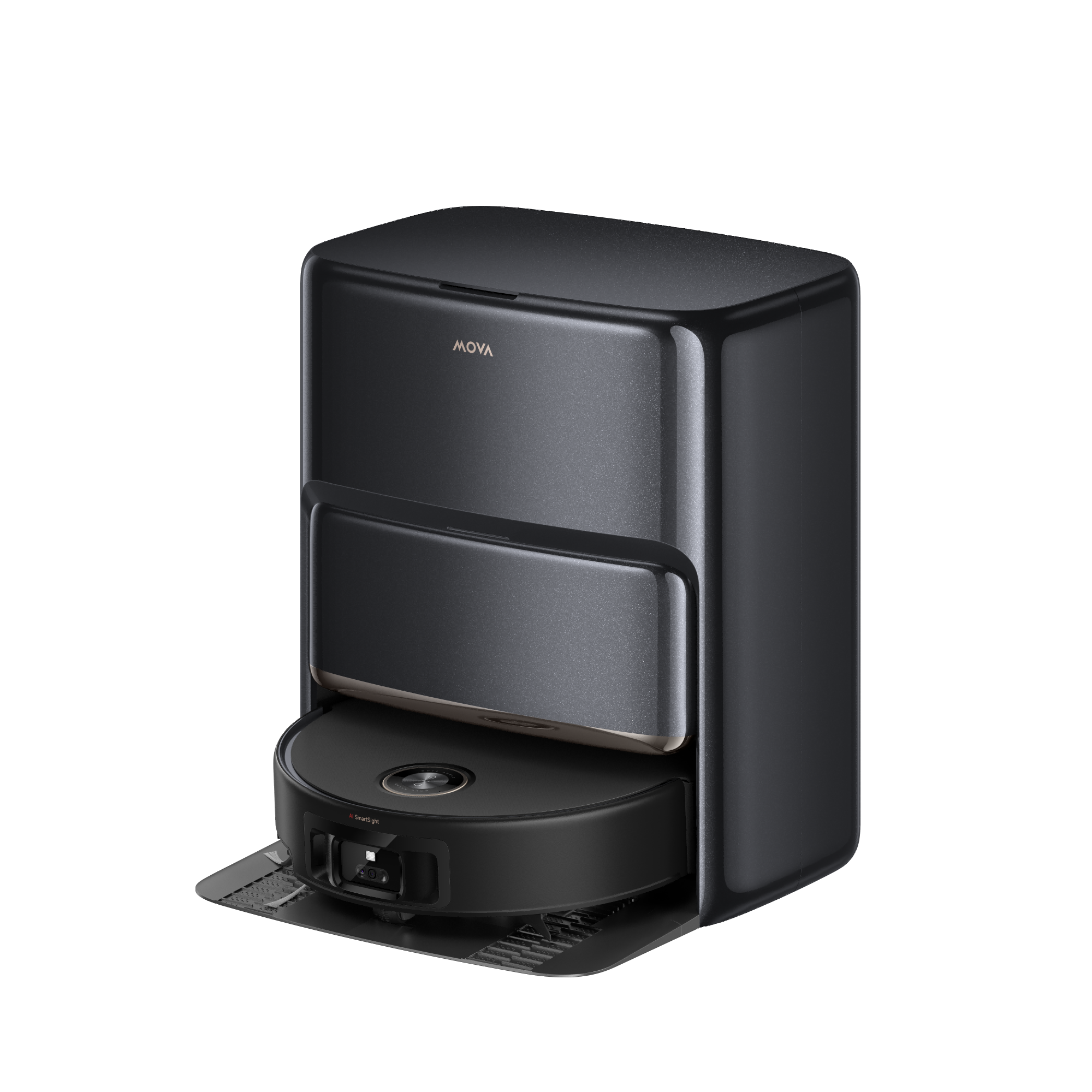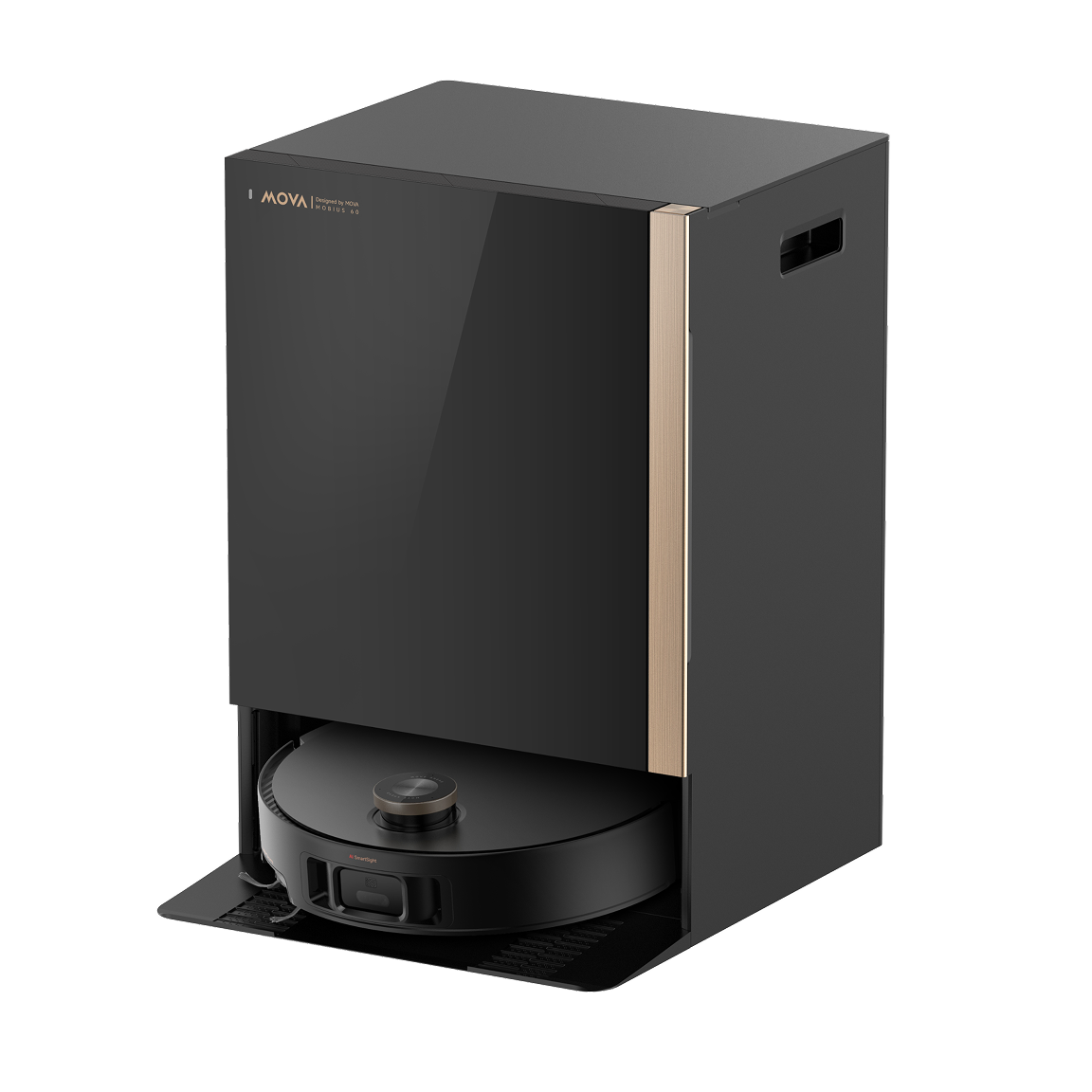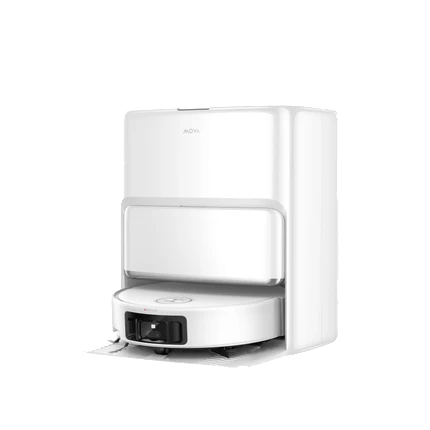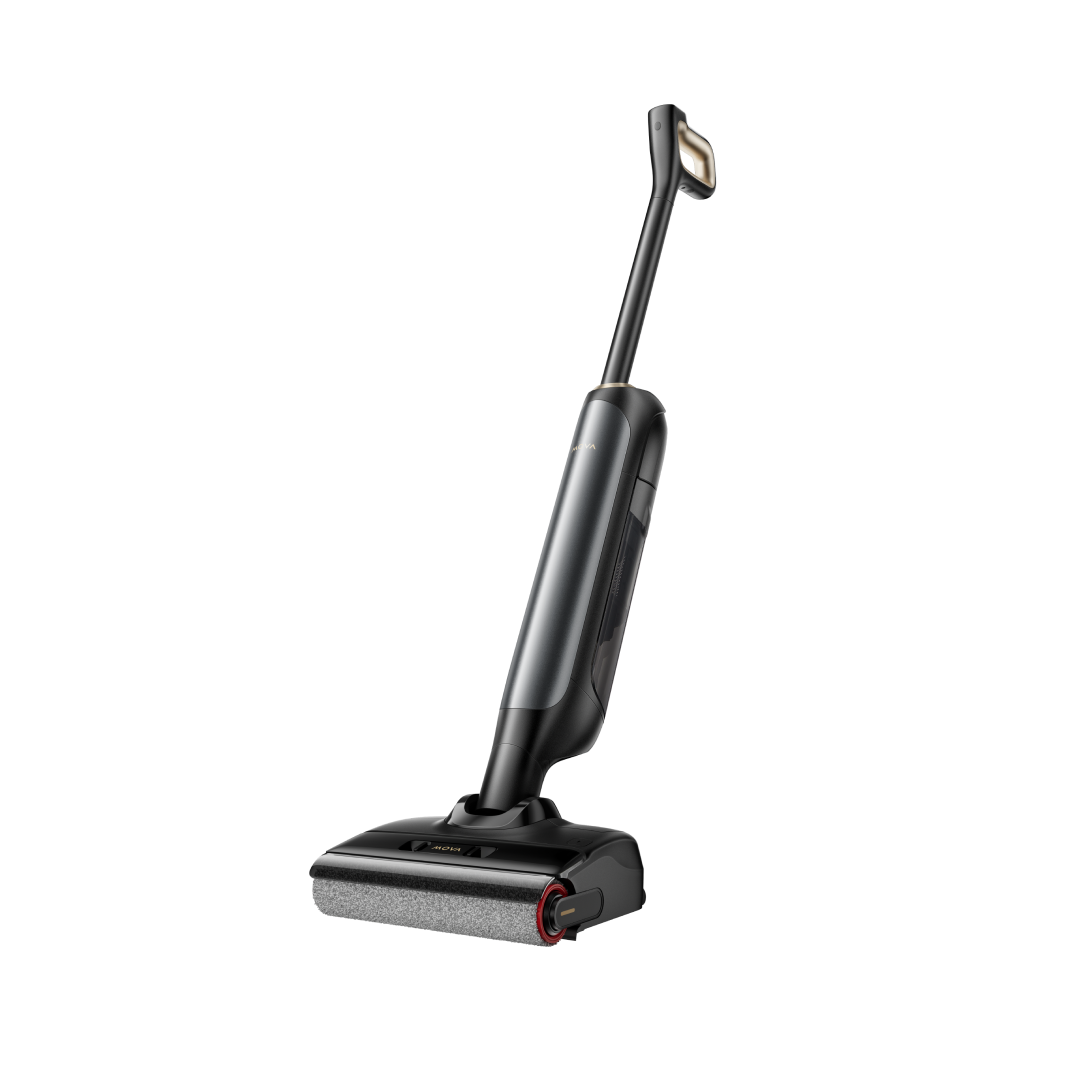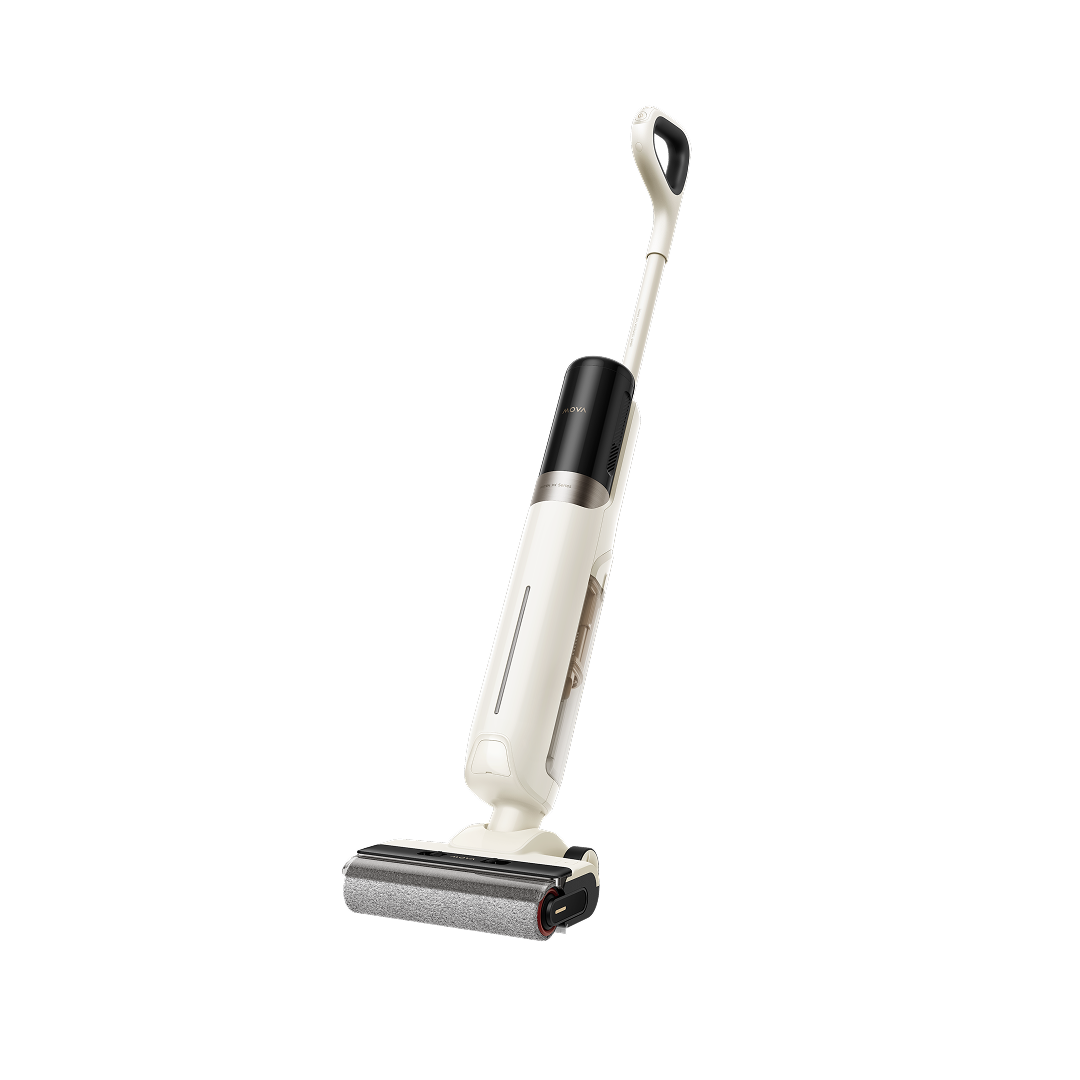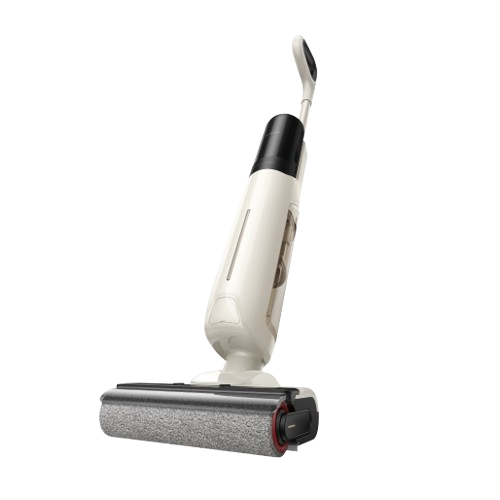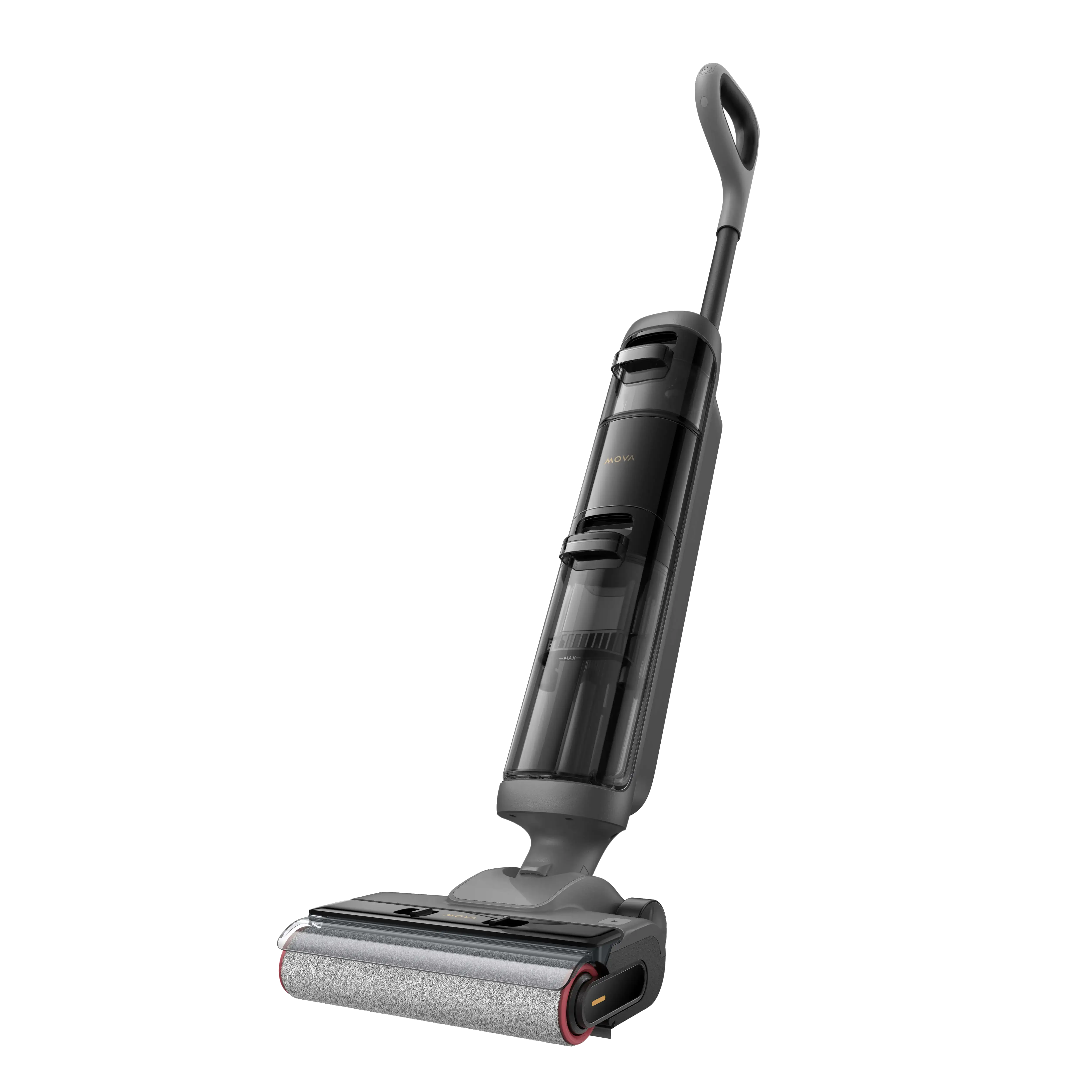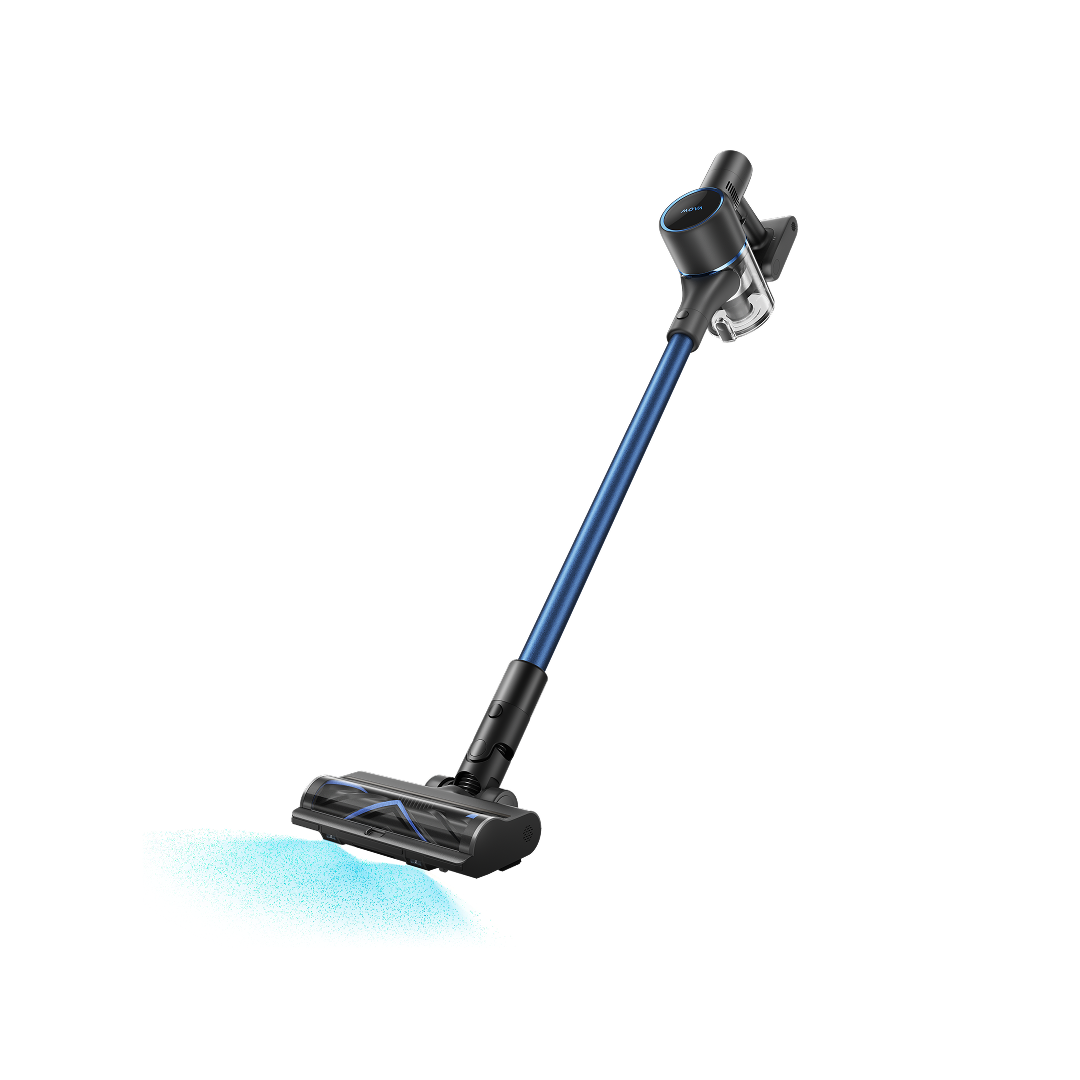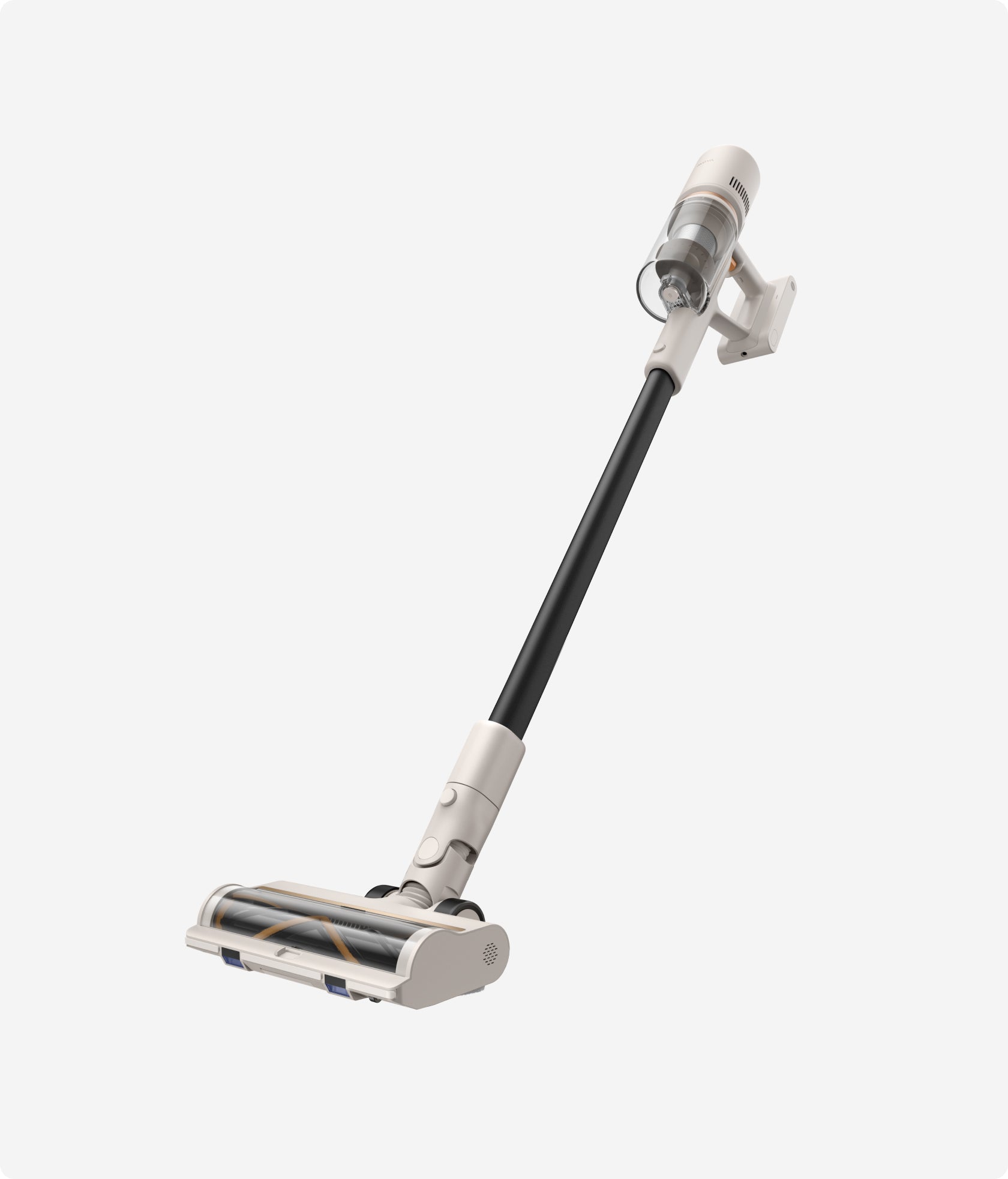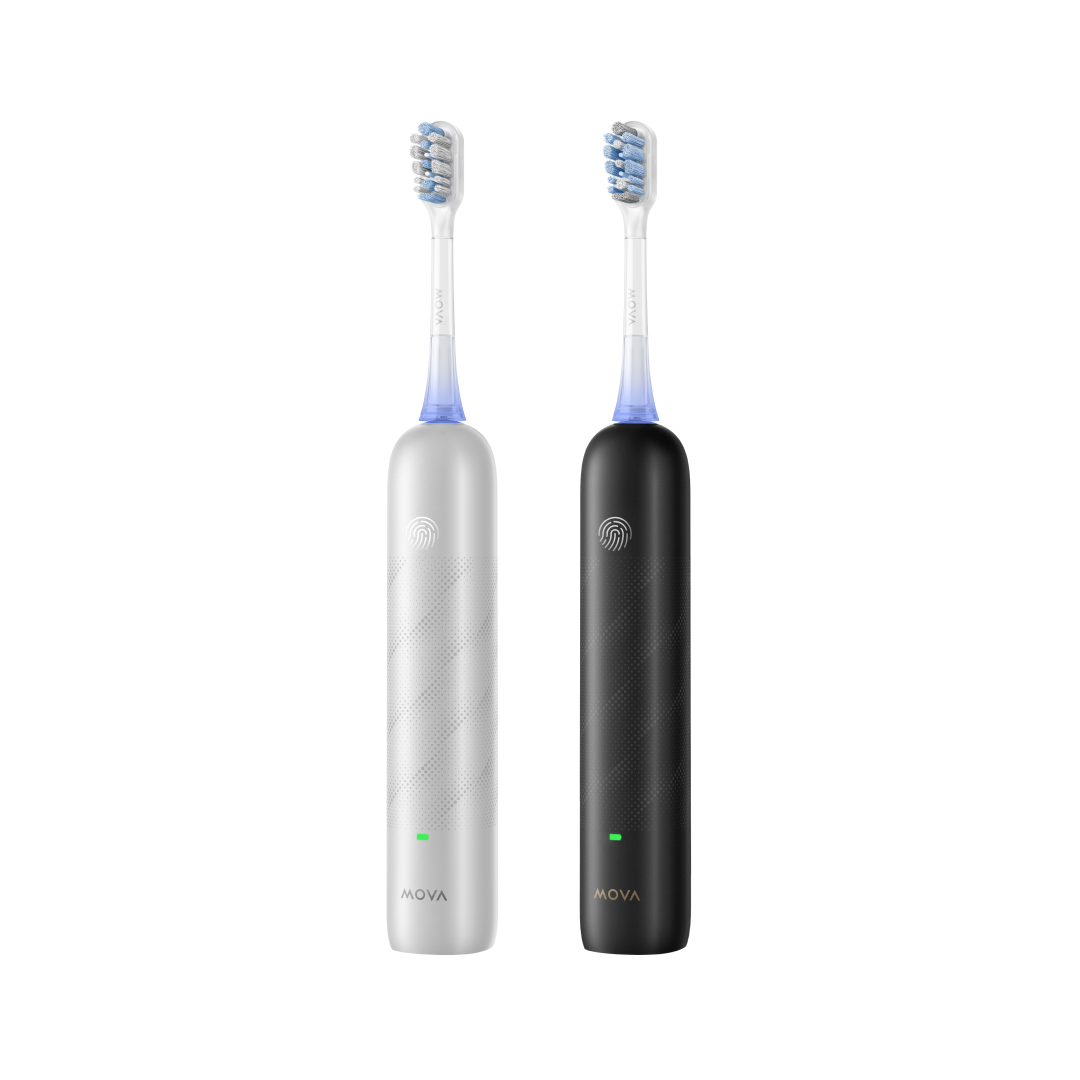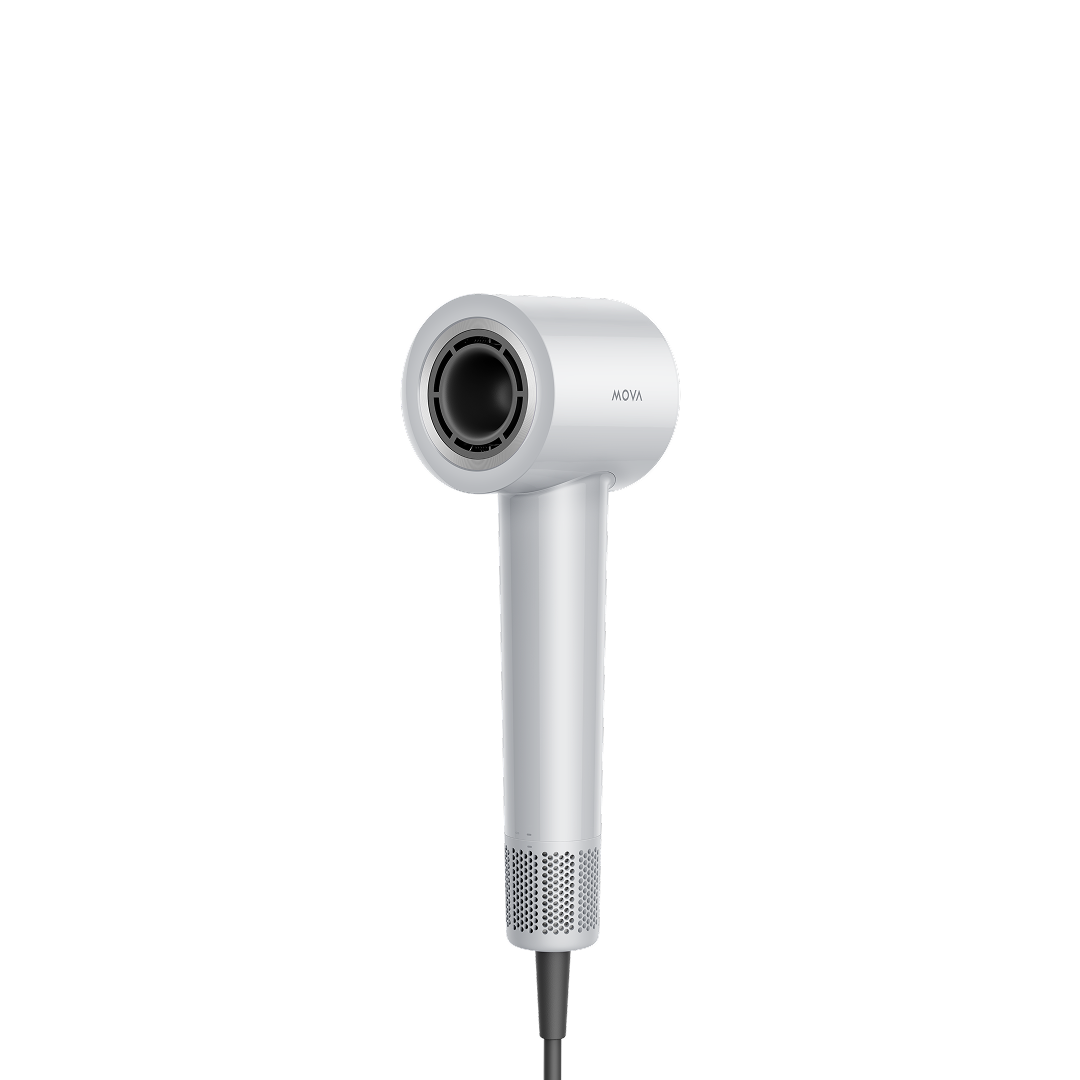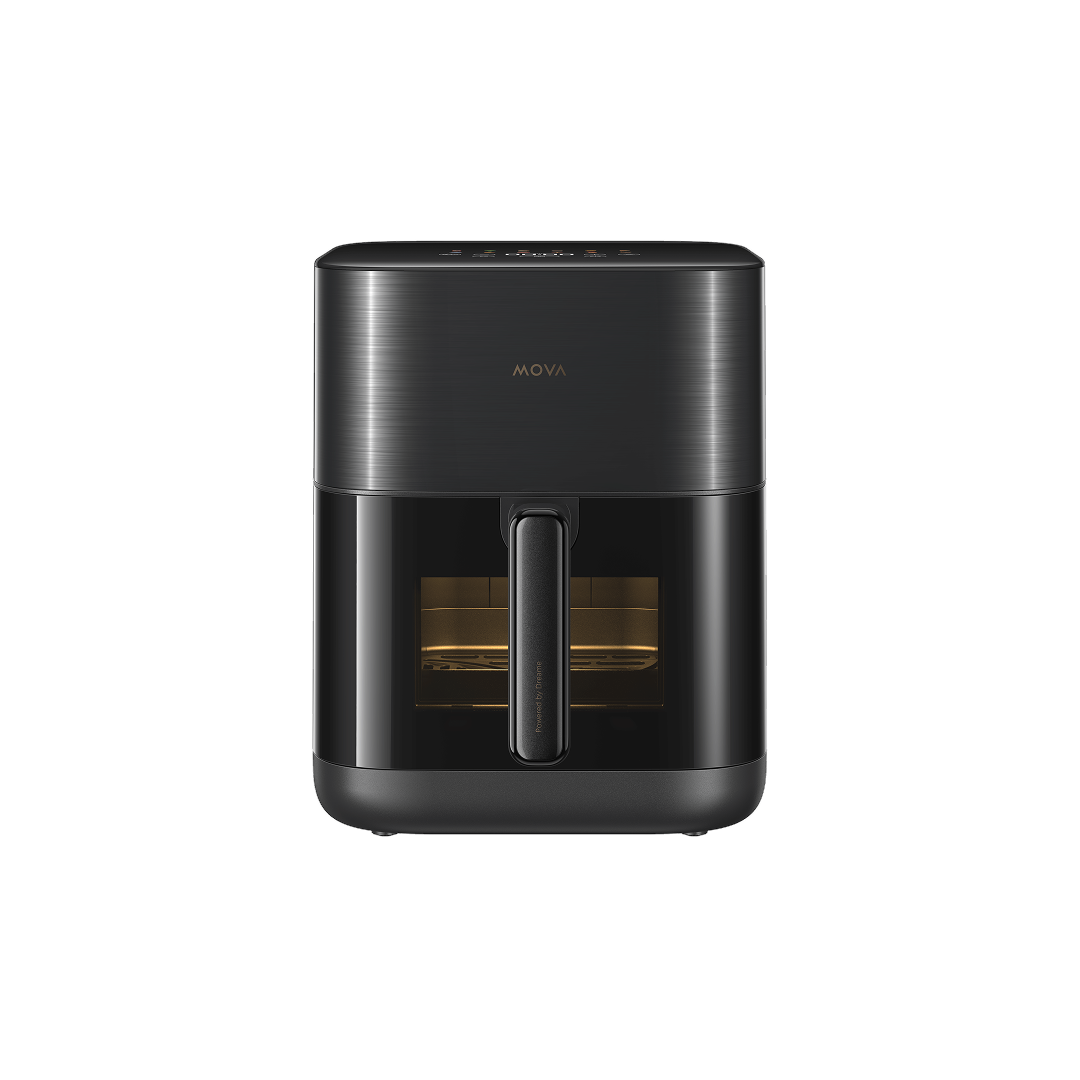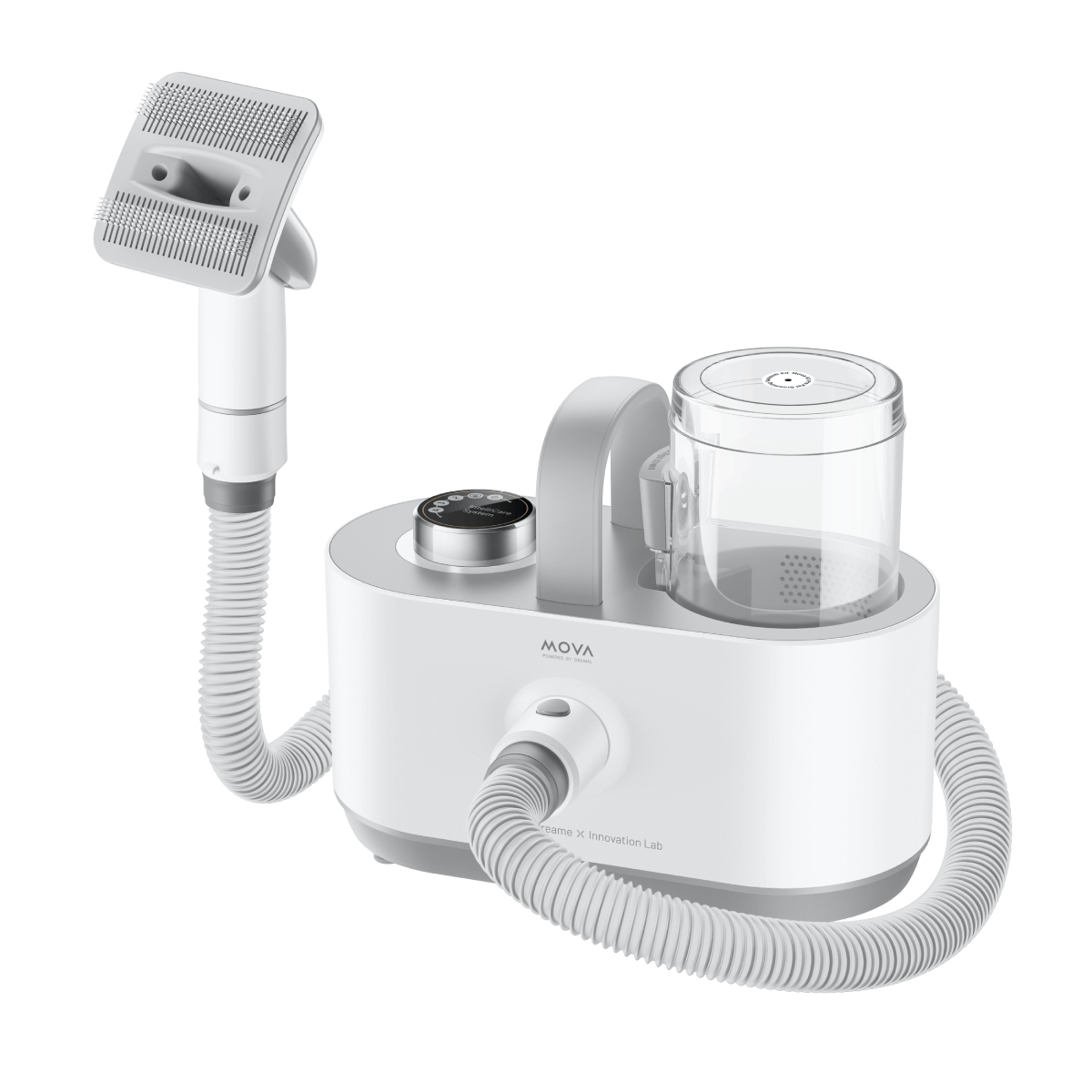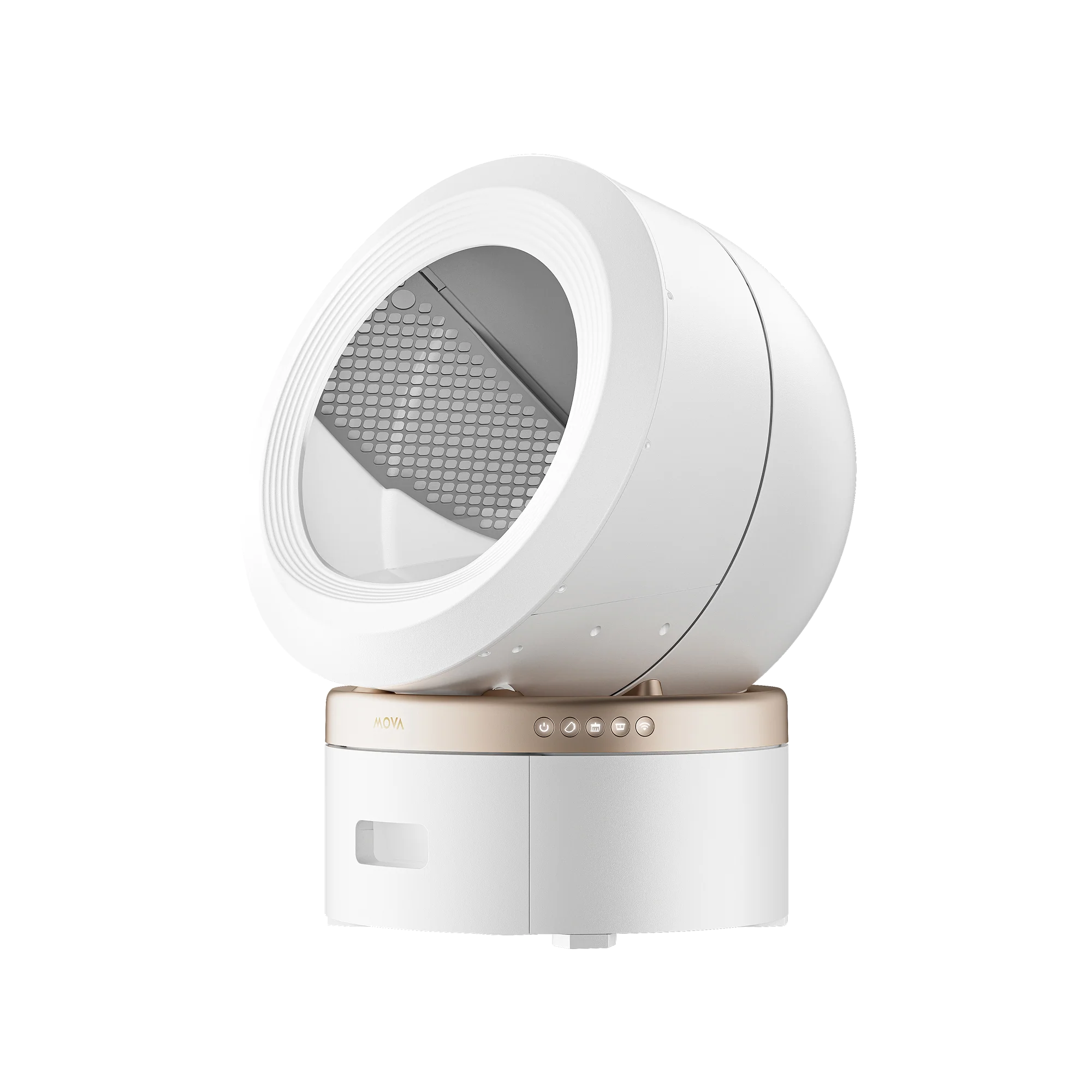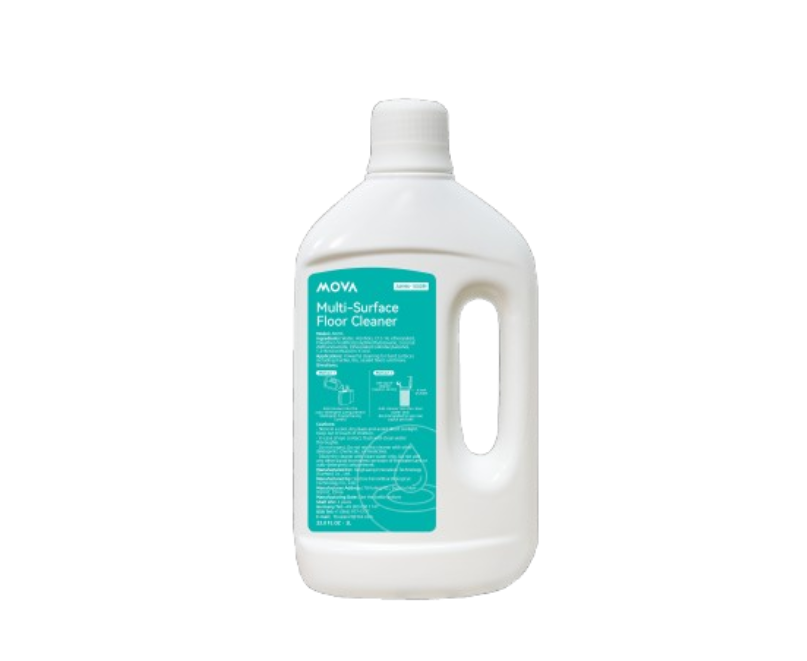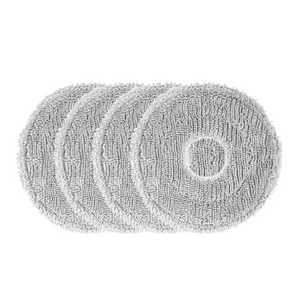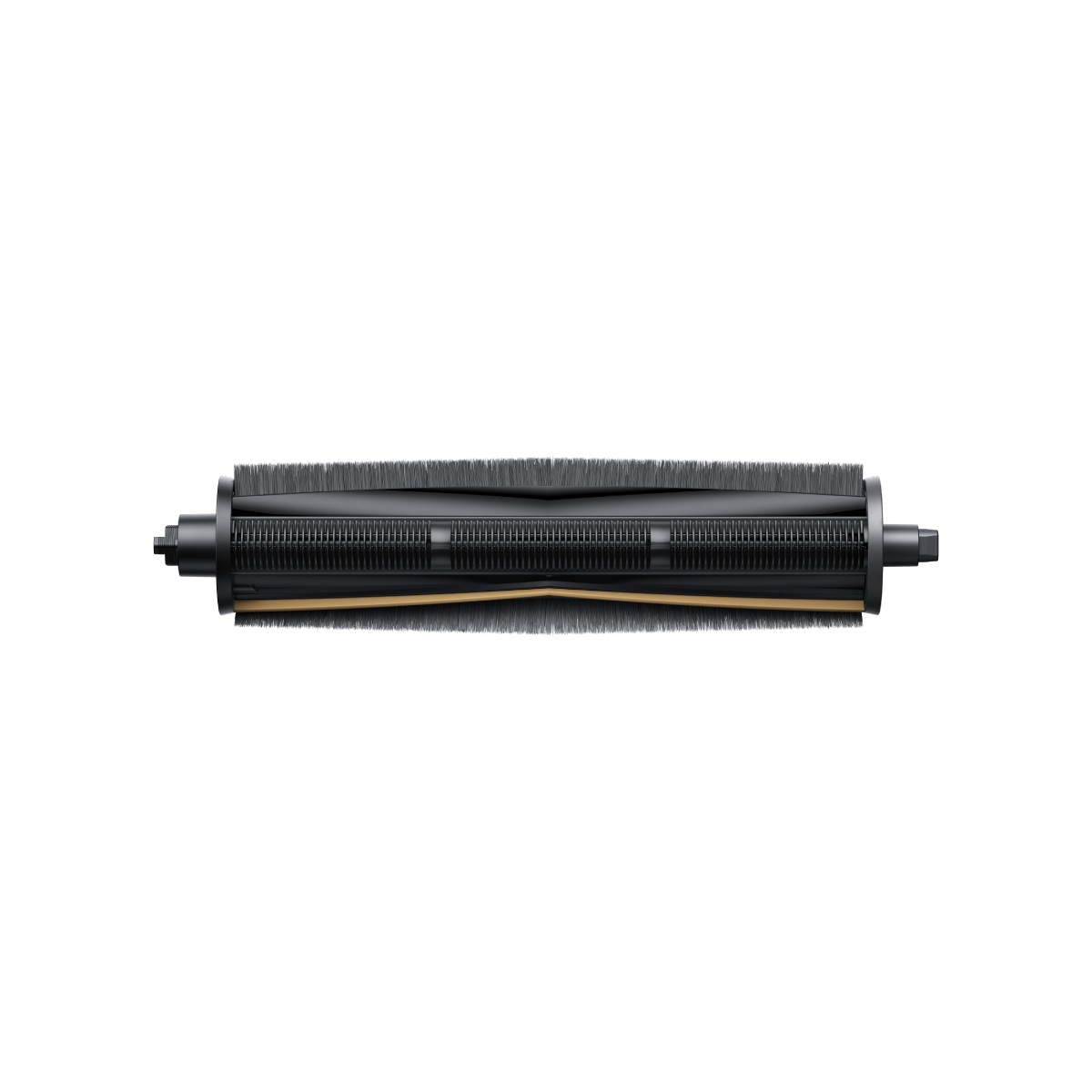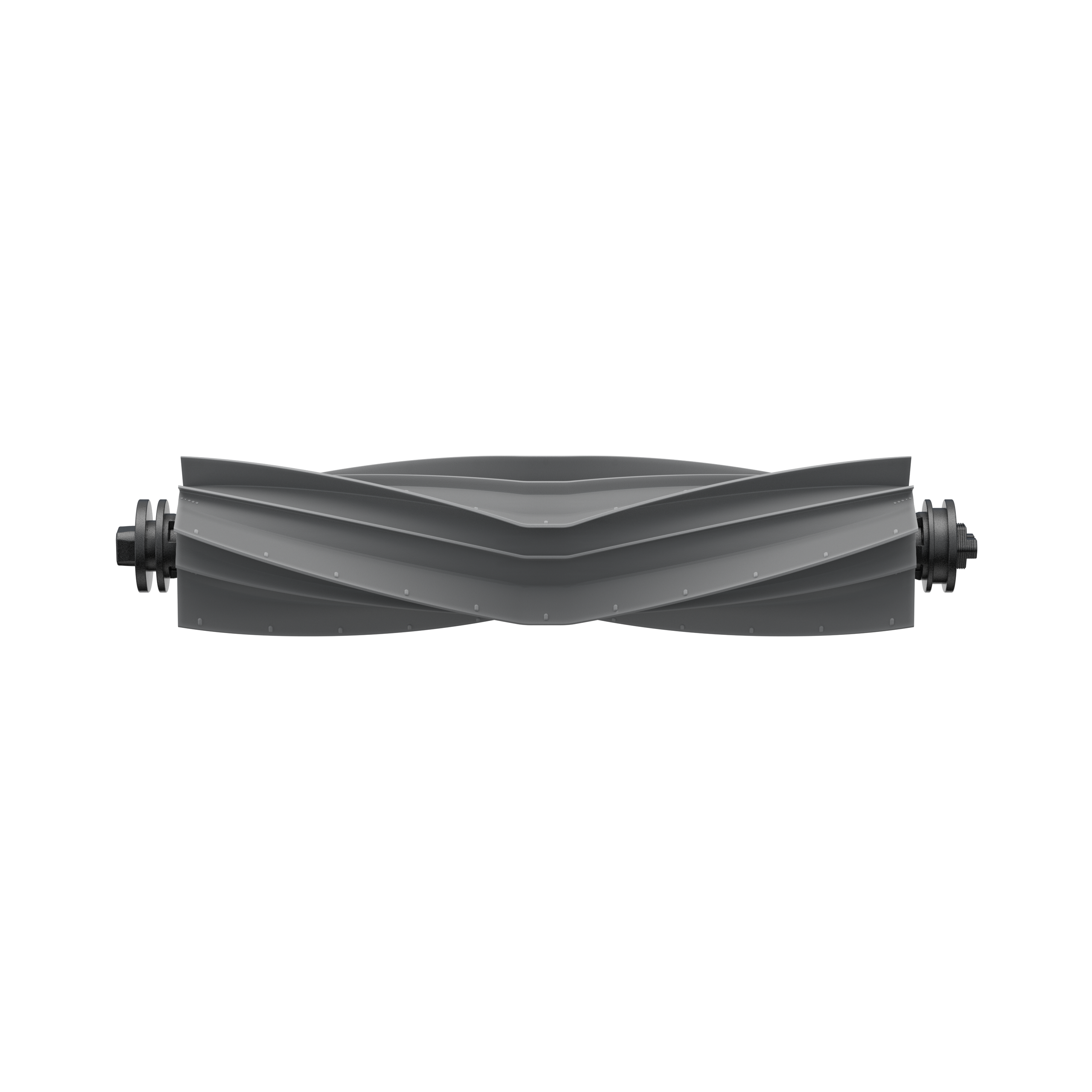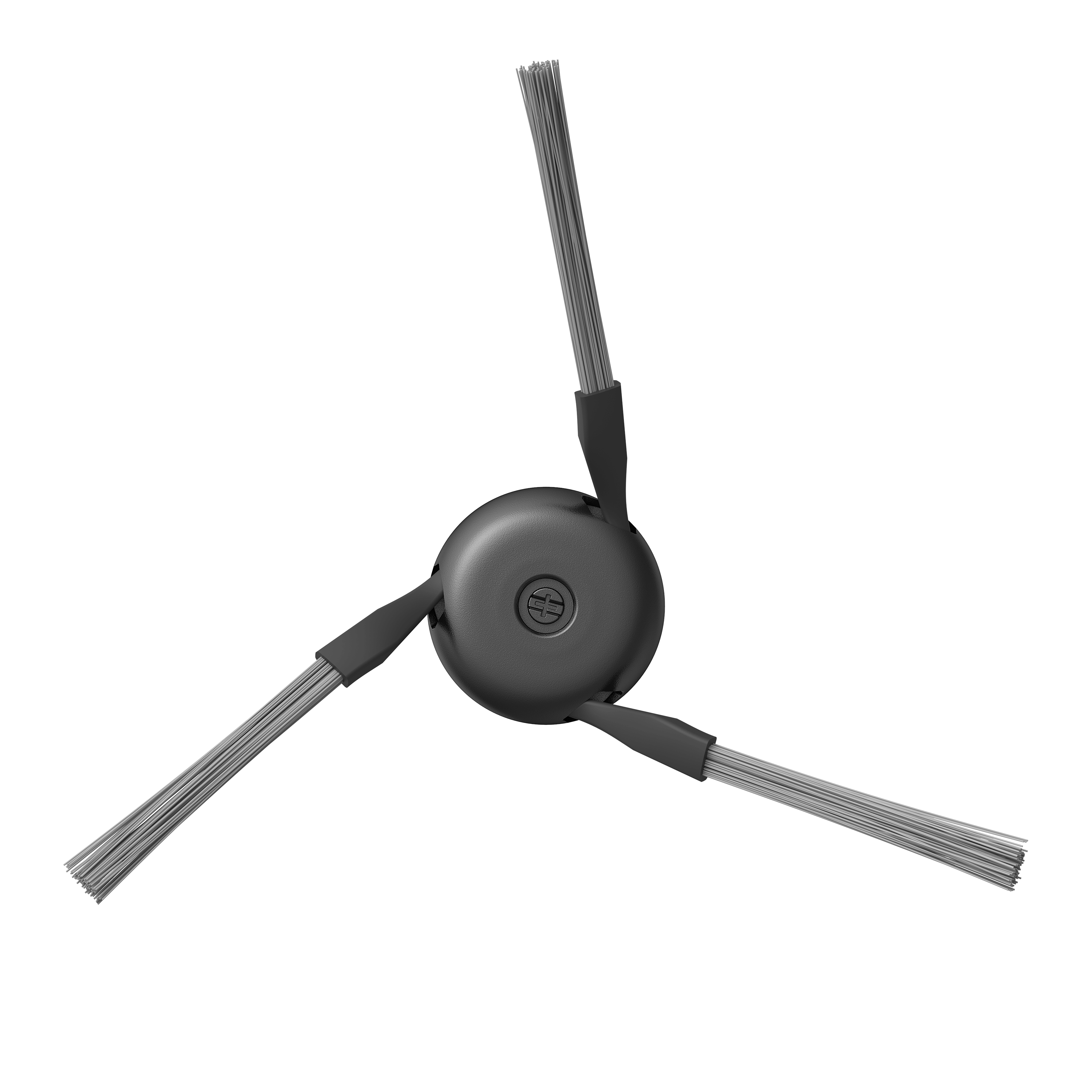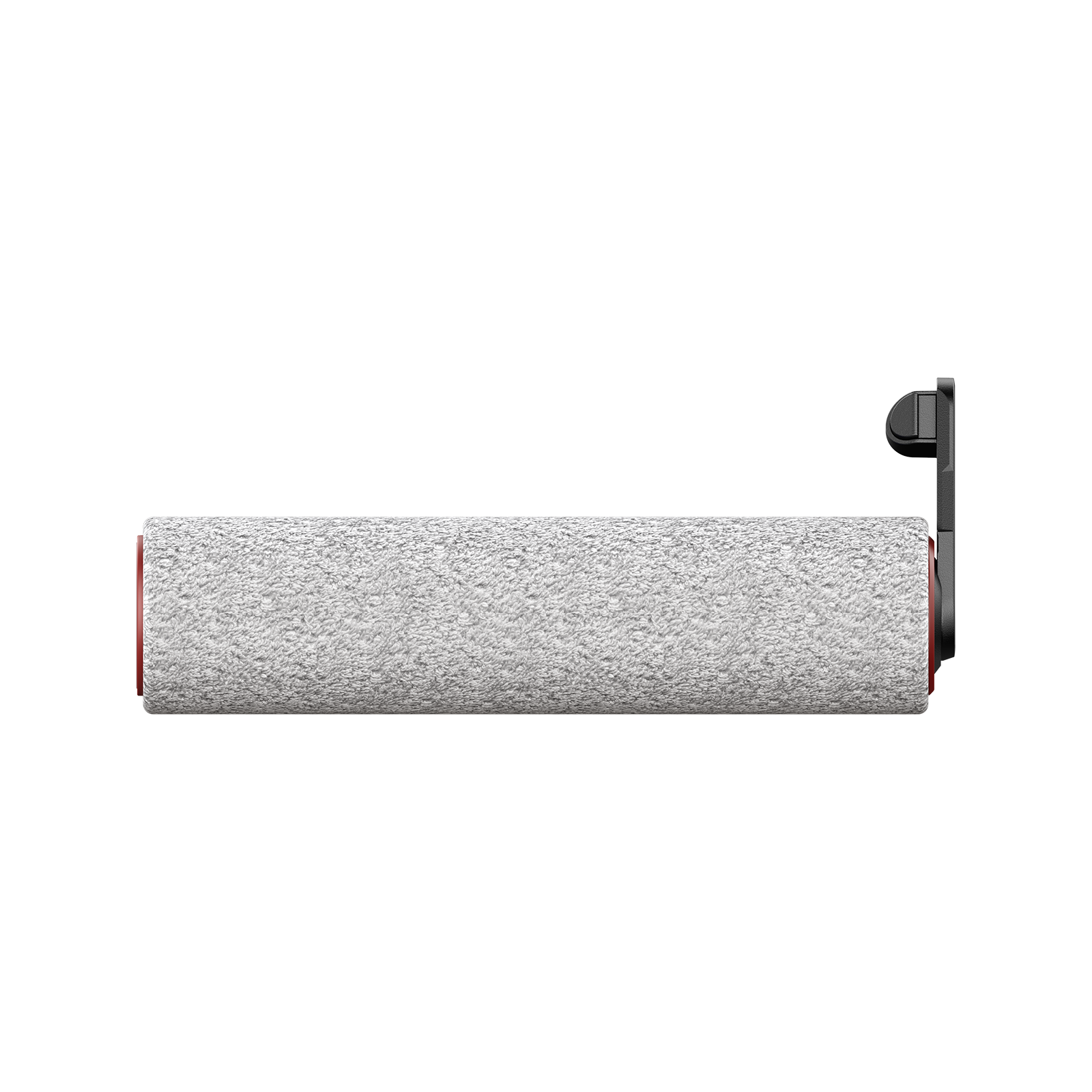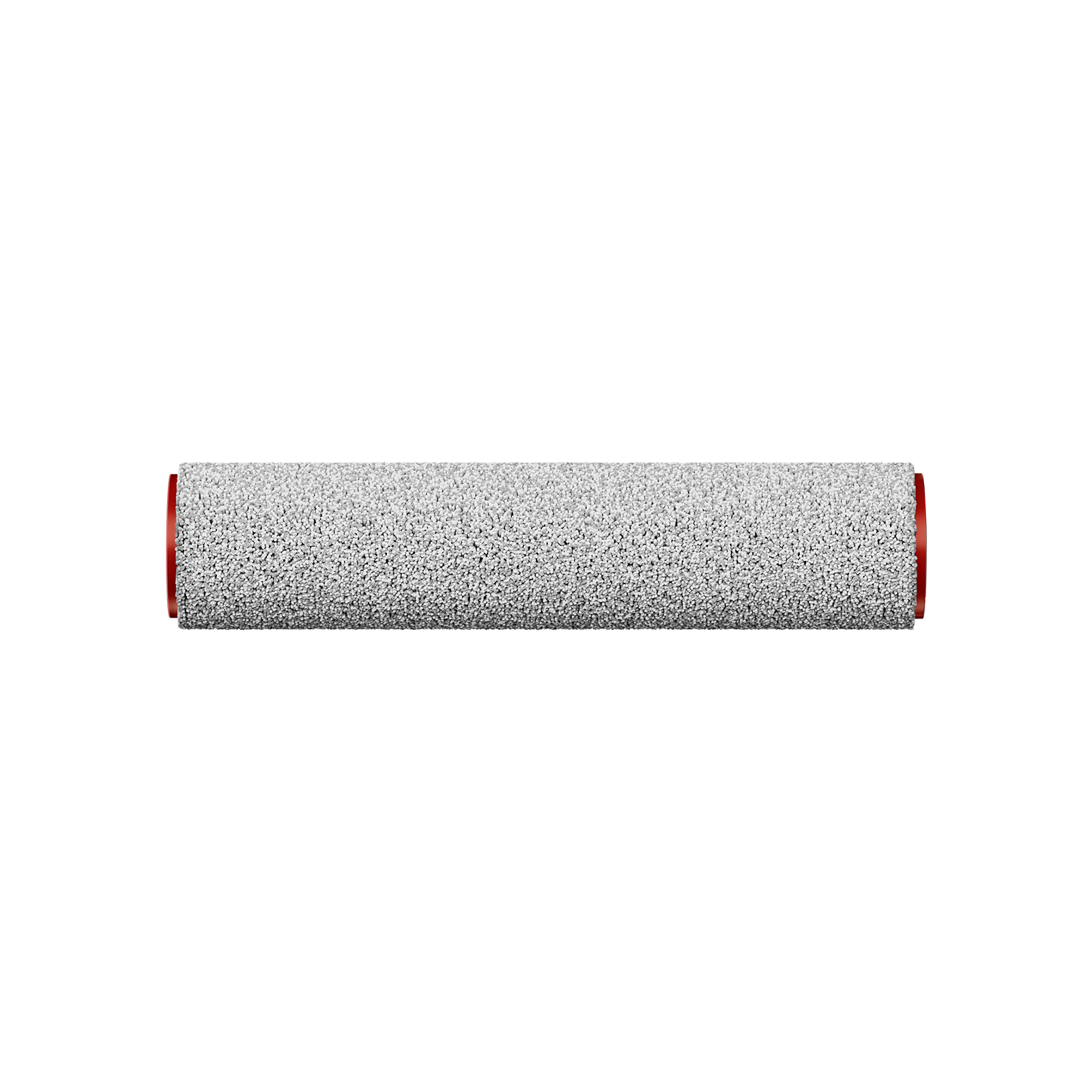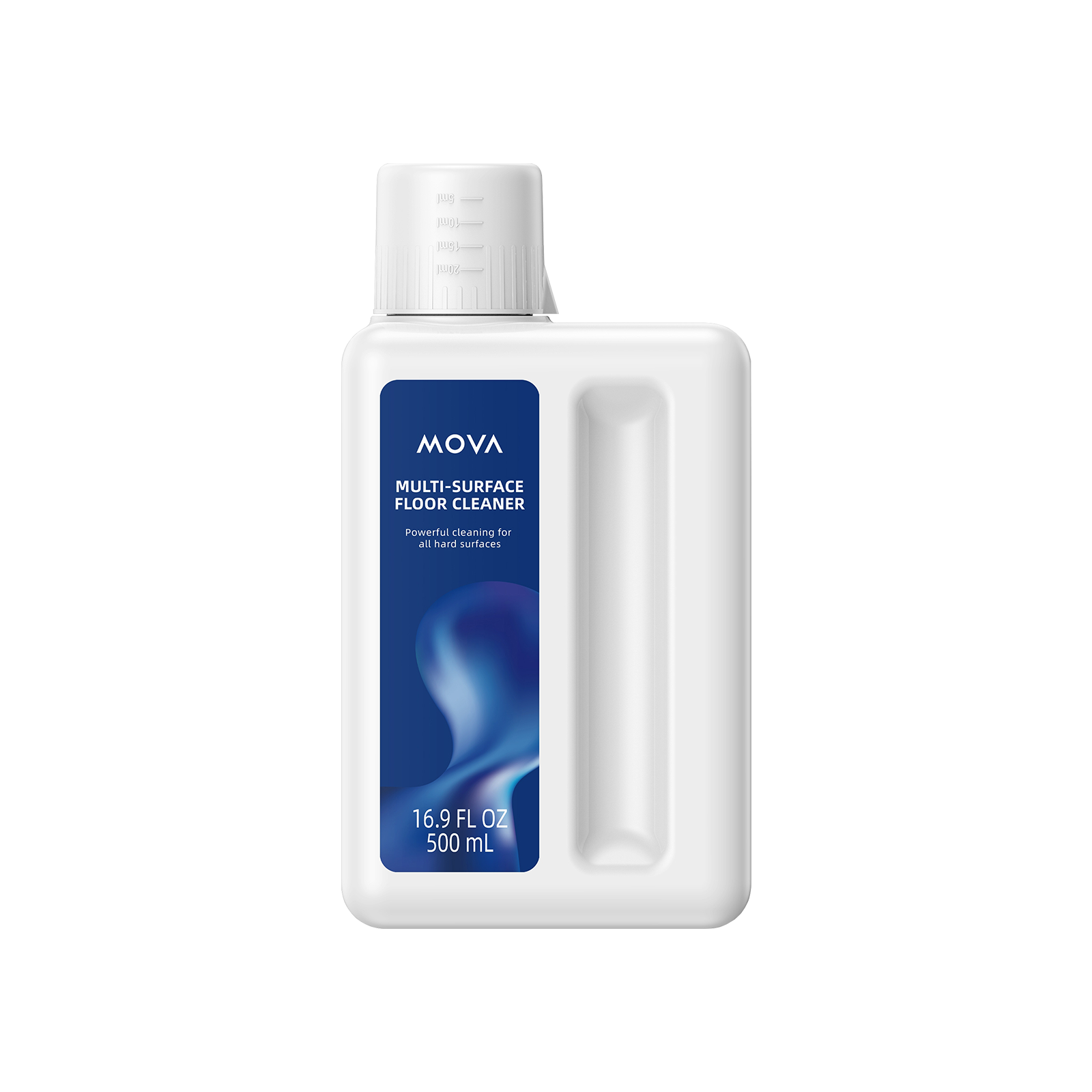It’s easy to underestimate just how much dust can build up in your home but doing so can affect your health more than you think. Dust is made up of a surprising mix of dead skin cells, pet dander, pollen, and tiny outdoor particles that make their way inside. Over time, this combination can lower your indoor air quality and trigger allergy symptoms. In fact, the average home collects dozens of pounds of dust annually, much of it in places we often forget to clean.
Breathing in dust can worsen allergies, trigger asthma symptoms, and reduce indoor air quality. The less dust in your home, the easier it is to breathe, and the less time you’ll spend cleaning. The best part? You don’t need expensive gadgets or constant deep cleaning to make a difference. A few simple changes to your routine can dramatically cut down on dust. Let’s explore how.
1. Where Does Dust Come From?
Dust isn’t just dirt. It’s a mix of particles from both inside and outside your home. Indoors, dead skin cells, pet dander, and fibers from fabrics like carpets and upholstery contribute to dust buildup. Outside, pollen, soil, and pollutants hitch a ride in on shoes, clothes, and open windows.
Your HVAC system also plays a role. While it circulates air, it can spread dust if filters aren’t cleaned or replaced regularly. Understanding these sources helps you target dust more effectively, stopping it before it settles.
2. Daily Habits to Keep Dust in Check
Small, consistent habits make a big difference in dust control. Start by wiping surfaces with microfiber cloths, they trap dust better than traditional dusters. Place doormats at every entrance and encourage a no-shoes policy indoors to minimize tracked-in dirt.
Decluttering is another key step. The fewer items on shelves and tables, the fewer places dust can accumulate. Keep daily tidying quick and manageable to maintain a dust-resistant home.
3. Clean Smarter, Not Harder
A strategic cleaning routine keeps dust under control without endless effort. Use a vacuum with a HEPA filter at least twice a week to capture fine particles from carpets and rugs. Follow up with weekly mopping to pick up lingering dust on hard floors.
Don’t forget soft surfaces, wash bedding, curtains, and cushions regularly in hot water to eliminate dust mites and allergens. By focusing on high-impact tasks, you’ll spend less time cleaning and more time enjoying a dust-free home.
4. Use Technology to Your Advantage
Modern technology offers smart solutions to keep dust under control with minimal effort. Start with a robot vacuum. Devices like those from MOVA robot vacuums can be scheduled to clean daily, even when you're not home. These vacuums navigate under furniture and into corners, collecting dust, hair, and crumbs that would otherwise build up quickly. By setting them to run consistently, you keep dust levels low without lifting a finger.
Air purifiers with HEPA filters work continuously to trap airborne particles, reducing allergens and improving air quality. Smart humidifiers help maintain optimal moisture levels, too much humidity encourages dust mites, while too little allows dust to circulate more easily. By incorporating these tools into your routine, you can significantly cut down on dust without adding to your workload.
5. Control Dust in Hidden Areas
While you may regularly clean the obvious spots, it's the hidden corners that often contribute most to dust accumulation. These out-of-sight areas collect debris quietly over time, only to recirculate it throughout your home.
Ceiling fans, vents, and baseboards also trap dust and should be wiped down regularly. Closets, filled with fabric items like clothes and linens, are another dust magnet. Keep them organized with storage bins or garment bags to minimize buildup. By tackling these neglected areas, you’ll prevent dust from spreading to the rest of your home.
6. Upgrade Home Materials and Filters
Some home features contribute to dust accumulation more than others. If possible, replace wall-to-wall carpeting with hard flooring, which is easier to clean and doesn’t trap dust as easily. These surfaces don't trap dust the way carpets do and are much easier to clean regularly with a vacuum or mop.
Your HVAC system plays a major role in dust control, upgrade to high-quality filters (like MERV 13 or higher) and change them every 1-3 months. Finally, check windows and doors for gaps where outdoor dust can enter, and use weather stripping to seal them. These upgrades create long-term dust resistance with little ongoing effort.
7. Pet and Human Factors
Pets and people are a natural part of any home, but they also contribute significantly to household dust. With a few proactive habits, you can limit their impact and keep your space cleaner. Regular grooming (brushing pets outdoors if possible) reduces shedding and dander. Encourage family members to change clothes after being outside to avoid tracking in pollen and dirt. Covered laundry baskets help contain dust from soiled fabrics until wash day. Small adjustments like these can make a noticeable difference in how quickly dust builds up.
8. Seasonal and Deep Cleaning Tips
Even with a solid daily routine, every home needs occasional deep cleaning. Seasonal cleanings especially in spring and fall, give you a chance to reach the areas you don’t tackle every week and reset your space for the months ahead.
In spring and fall, dedicate time to tasks like washing walls, cleaning behind heavy furniture, and deep-cleaning upholstery. Rotate through seldom-used spaces (guest rooms, attics) to prevent dust from settling long-term. By pairing routine maintenance with periodic deep cleans, you’ll stay ahead of dust rather than reacting to it.
Final Takeaway
A dust-free home is within reach when you combine smart tools, consistent habits, and strategic upgrades. Start with one or two changes like adding a robot vacuum or sealing drafty windows,then build from there. The payoff is worth it: cleaner air, fewer allergies, and less time spent battling dust. Which tip will you try first?
FAQs
1. What is the best way to reduce dust in a room?
The most effective approach combines regular cleaning with preventive measures. Use microfiber cloths for dusting (they trap particles better than feather dusters), vacuum with a HEPA filter at least twice weekly, and wash bedding weekly. Adding an air purifier and maintaining 40-50% humidity also helps minimize airborne dust.
2. Do air purifiers help reduce dust at home?
Yes! Quality air purifiers with HEPA filters capture up to 99.97% of airborne dust particles, pet dander, and pollen. Place them in high-traffic areas like bedrooms or living rooms for best results. Pair them with regular cleaning for maximum dust control.
3. How often should you vacuum to reduce dust?
For most homes, vacuuming at least two to three times a week is recommended to keep dust levels under control. If you have pets, allergies, or a high-traffic household, daily vacuuming may be necessary. Focus on carpets, rugs, baseboards, and under furniture, where dust tends to accumulate.
4. Can robot vacuums really help control dust buildup?
Absolutely. Robot vacuums, especially models like those from MOVA, can be scheduled to clean daily, even when you're not home. This frequent, automated cleaning helps prevent dust from settling and keeps high-traffic areas consistently cleaner with minimal effort on your part.
5. What materials in the home attract the most dust?
Carpets, upholstered furniture, and heavy curtains are major dust magnets due to their fibrous surfaces. Synthetic fabrics and clutter-prone areas (like bookshelves) also accumulate dust quickly. Opt for leather/vinyl furniture, washable rugs, and minimalist decor to curb buildup.



